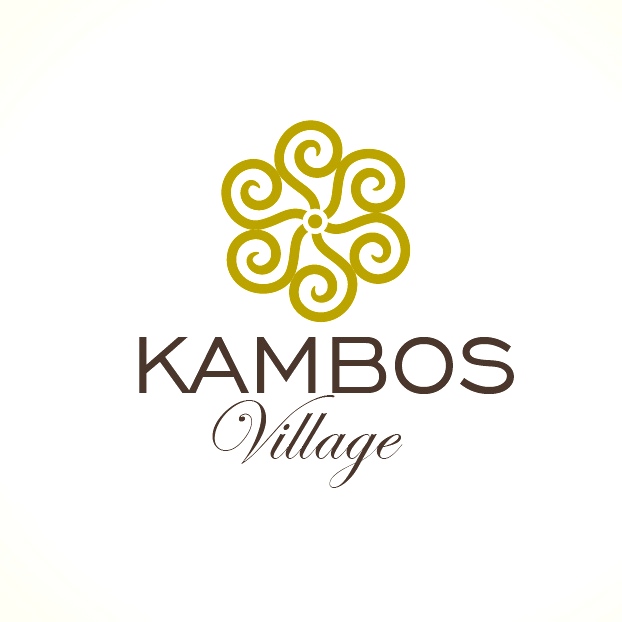Imbros Gorge
Imbros Gorge: Although smaller than Samaria Gorge, it offers a distinct hiking experience
In Southwest Crete, Imbros Gorge is not as famous as the nearby Samaria Gorge, the longest gorge in Europe. However, many people prefer to cross Imbros Gorge, as it offers a very different hiking experience than Samaria Gorge.
Imbros Gorge is the second most known gorge in Crete after Samaria Gorge. Its length is about 11 kilometres, from which 8,5 kilometres are ideal for hiking. Imbros Gorge runs parallel to Samaria Gorge.
The gorge took its name from Imbros village, which is located at its beginning on the north. According to tradition, the name Imbros was given to the village because of two Greek brothers who, after being banished from Imbros Island when it was conceded to Turkey, went to live there.
For many years in the past, Imbros Gorge served as part of the trail that connected Chania city to Hora Sfakion village. It is notable that during World War II, and after the Battle of Crete was lost for Greece and its allies, many thousands of British soldiers passed through Imbros Gorge towards South Crete in order to get to Egypt.
Crossing Imbros Gorge
Imbros Gorge begins at Imbros village, at an altitude of about 750 metres, and ends at Komitades village, at about sea level. You can get to Imbros village using the local bus service. Keep in mind that during summer the morning bus is usually full of hikers.
The hike through Imbros Gorge is relatively easy, and you can make it in 2-3 hours. However, keep in mind that at some points the terrain has big stones, so it’s better to wear hiking boots. Also, be sure to take enough water with you, as the small river that runs through the gorge during the winter dries up in the summer.
When descending Imbros Gorge, during about the first 1 to 1,5 hours the gorge gets narrower, until you reach the narrowest, and most picturesque part of the gorge.
At this point, the gorge is very narrow – just 2 metres wide – and its side are about 300 metres high. About 15 minutes further there is a beautiful resting place, and about another 15 minutes further you find the so-called “Rock Gate”. After the gate, Imbros Gorge starts getting wider and wider and after about an hour you reach the end of the hiking trail of the gorge, where there are a couple of taverns. You can eat there if you want, but it’s better to walk a little further to Komitades village where the taverns – and their recipes – are more traditional.
Imbros Gorge and the villages of Imbros and Komitades
Imbros village, at the beginning of the gorge, is a small, traditional village with a couple of excellent taverns serving local food.
Unfortunately, the same is not true for Komitades village, at the end of Imbros Gorge, as, due to the thousand of the hikers that gather here every summer, has lost much of its traditional character. The best place to eat or drink is at the centre of the old village of Komitades .
Imbros Gorge is a very interesting gorge that is ideal for hikers who don’t want to dedicate much time to cross a gorge. Although smaller and less famous than its “big brother”, Samaria Gorge, Imbros Gorge offers a different natural environment and a dissimilar hiking experience, which are recommended to visitors of every age.
Back to the Traveller’s Guide to Chania >>







